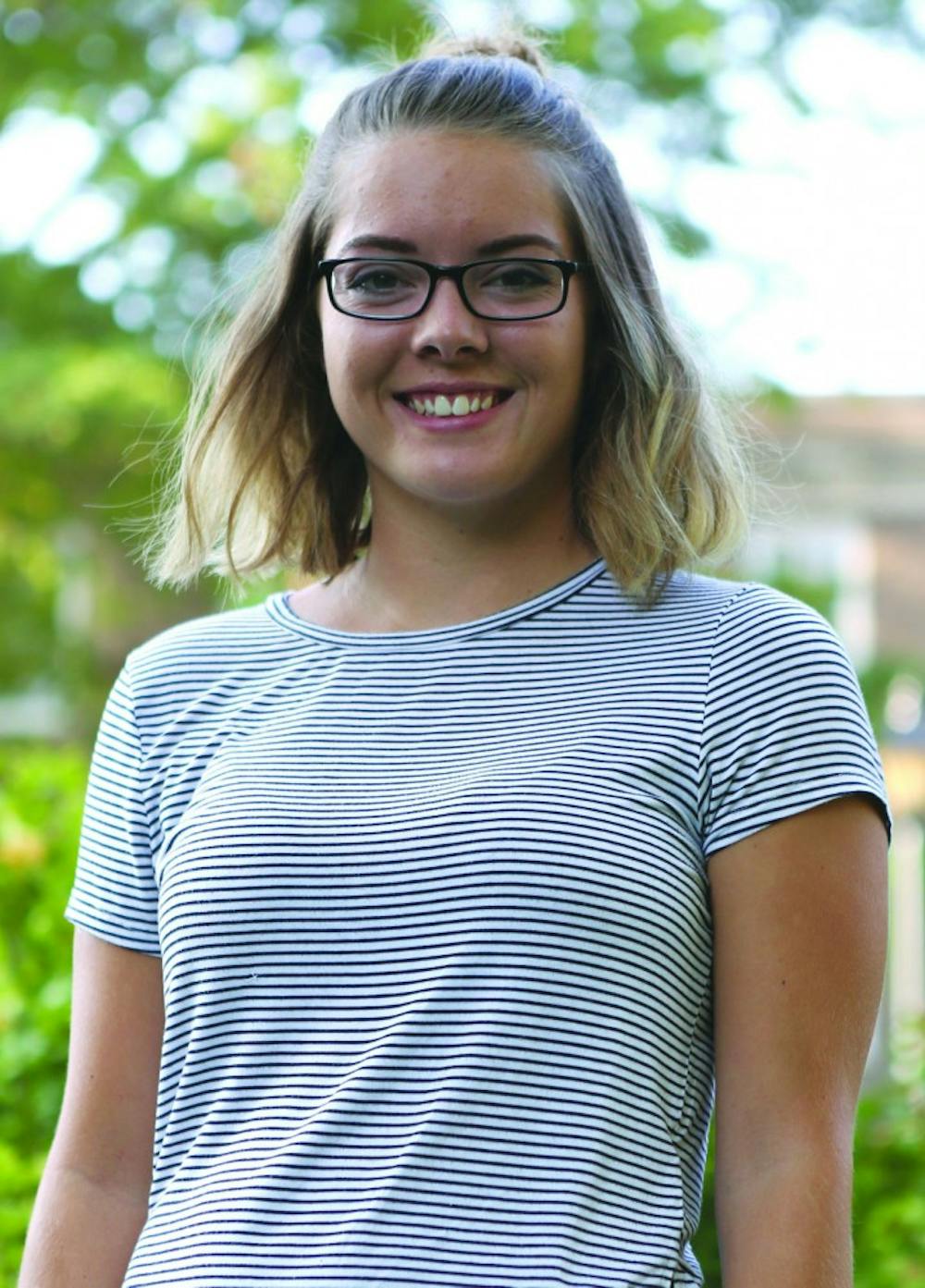Many different theories of feminism exist, columnist Elizabeth Chidlow breaks down how she learned about being an advocate for the rights of all women.
Feminism: (the) advocacy of women’s rights on the grounds of political, social and economic equality to men.
This was the definition I discovered when I Googled feminism as a high school senior. I am still shocked it took me so long to discover the word and, more importantly, the beliefs that came with being a feminist.
Before college, my feminism was extremely one dimensional. To say I knew more than the broad definition above would have been a lie. I was the epitome of what is currently known as a “white feminist” — a person who ignores or has no idea that oppressions are interlinked.
Even though Ohio University is not extremely diverse, I was still intrigued by the variety of ethnicities, cultures and norms.
This has a lot to do with where I am from — I graduated in 2014 from a high school outside of Pittsburgh that, in 2012-13, was 90% Caucasian and still live in a small township that has one black family. I even worked at a pool over the summer that was run by an elderly man who routinely used overtly racist and outdated terms.
After a few weeks of college I, started to get called out on my white privilege and ignorance. Soon I began correcting myself and started thinking more before I spoke. Do not hesitate to contact me if you believe I have said something inaccurate or offensive. I want to learn from my mistakes and make myself into a better human rights columnist. A top priority is educating myself on social issues and views.
As for now, I owe my current social awareness to the women’s, gender and sexuality studies class I took last semester. I discovered people like Barbara Smith, Audre Lorde and Assata Shakur whose names were repeated over and over during discussions of intersectional feminism — a term coined by scholar Kimberlé Crenshaw in 1989.
After learning more about Smith, I soon began to live by her theory of feminism. She theorized that it was “the political theory and practice to free all women: women of color, working-class women, poor women, physically challenged women, lesbians, old women — as well as white economically privileged heterosexual women.” Of course, there are more types of women nowadays, and men are also included in the movement, but her theory really made me think about for whom/what I am fighting and whom/what I am opposing.
As a white, economically privileged, heterosexual woman, I want to use my voice not to speak over the communities that are quieted but to bring awareness to their sufferings. In the weeks to come I will discuss more topics focused on human rights and activism that I believe are relevant to my readers. In the years to come, I hope to progress as a human rights journalist and look back at this column as my first big, public step as an active writer and intersectional feminist.
Elizabeth Chidlow is a sophomore studying journalism. What do you think are the most important social issues facing the Ohio University community? Email her at ec629914@ohio.edu.






